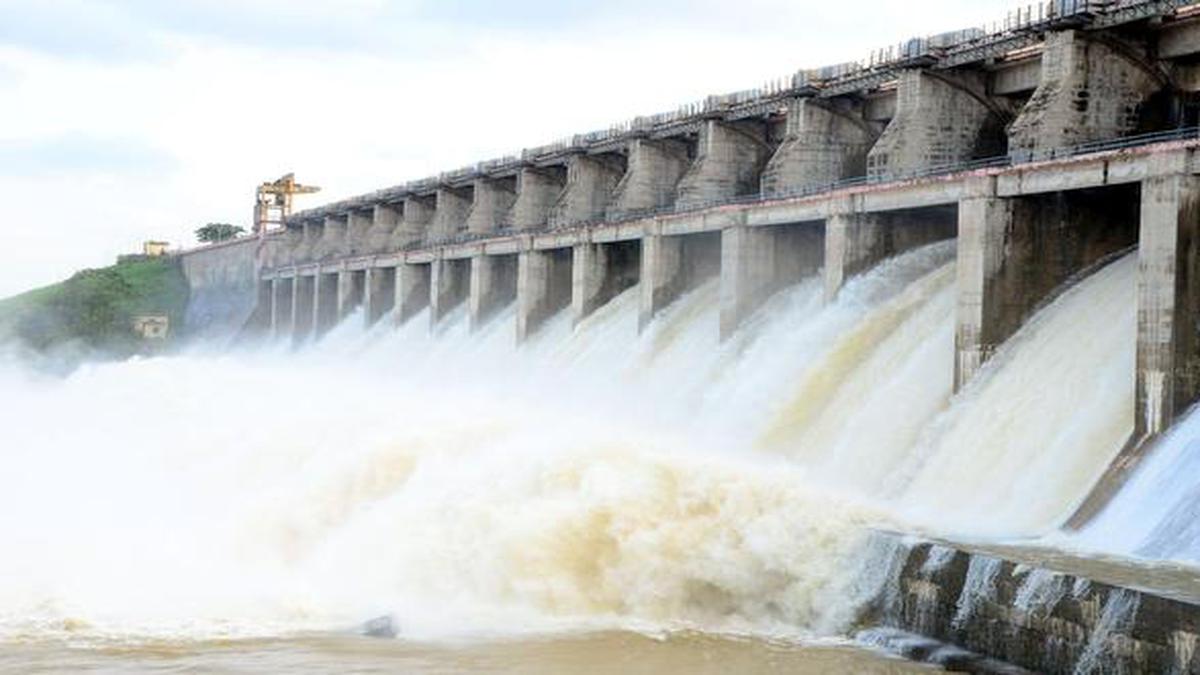A commission of enquiry set up to investigate into the planning and execution of the Kaleshwaram Lift Irrigation Project in Telangana has held former Chief Minister of the state, K. Chandrashekar Rao, responsible for “rampant procedural and financial irregularities, lack of proper planning, design flaws, construction defects, and complete absence of effective operation and maintenance,” as stated by the report.
One member of the Justice P.C. Ghosh Commission pointed out that the decision to construct barrages at Medigadda, Annaram, and Sundilla was the “sole and individual decision” of KCR and then Irrigation Minister T. Harish Rao.
The commission noted that the initial administrative approval for the construction of the three barrages was not placed before the cabinet and violated the Government Business Rules. The commission also stated further that KCR ignored an expert panel recommendation dated January 21, 2015, which rejected the proposal to construct a barrage at Medigadda. The Medigadda barrage should not have been made because of “prohibitive cost and time consumption,” according to the panel.
“The expert committee report was intentionally… not considered and kept in cold storage by the then Chief Minister and Minister for Irrigation,” stated the report, which was tabled before the current Chief Minister A. Revanth Reddy’s cabinet on Monday this week.
Justice PC Ghosh Comittee
The Justice P.C. Ghosh Commission was constituted after one of the pillars of the Medigadda barrage sank on October 21, 2023, leading to widespread flooding. A team from the National Dam Safety Authority (NDSA) examined the sunken Pillar Number 20 of Block Seven on October 25 and again on February 13, 2024. The Congress government in the state asked the NDSA to conduct a thorough inspection of the design and construction of the three barrages included in the project.
According to the commission’s report published recently, the cost of the project was initially estimated to be ₹71,436 crore but soon escalated because of changes in specifications, design, drawings, and other reasons noted by the commission. This led to a “wrongful siphoning of funds from the public exchequer,” as per the commission’s report.
What Report States
“There was absolutely no operation and maintenance of whatsoever nature, including periodical checks or inspections, pre- and post-monsoon inspections, and reports, etc., of these three barrages at any time,” the report stated. The report also found deficiencies in the design of the barrages, which were designed with permeable foundations but were “utilised as storage structures,” against standard practices.
These barrages were also kept at full capacity throughout to lift water through pumps, even as the barrages “were diversion structures and not storage structures.”
Running the barrages at full capacity directly caused the distress which led to the sinking of the pillar, the commission noted.


